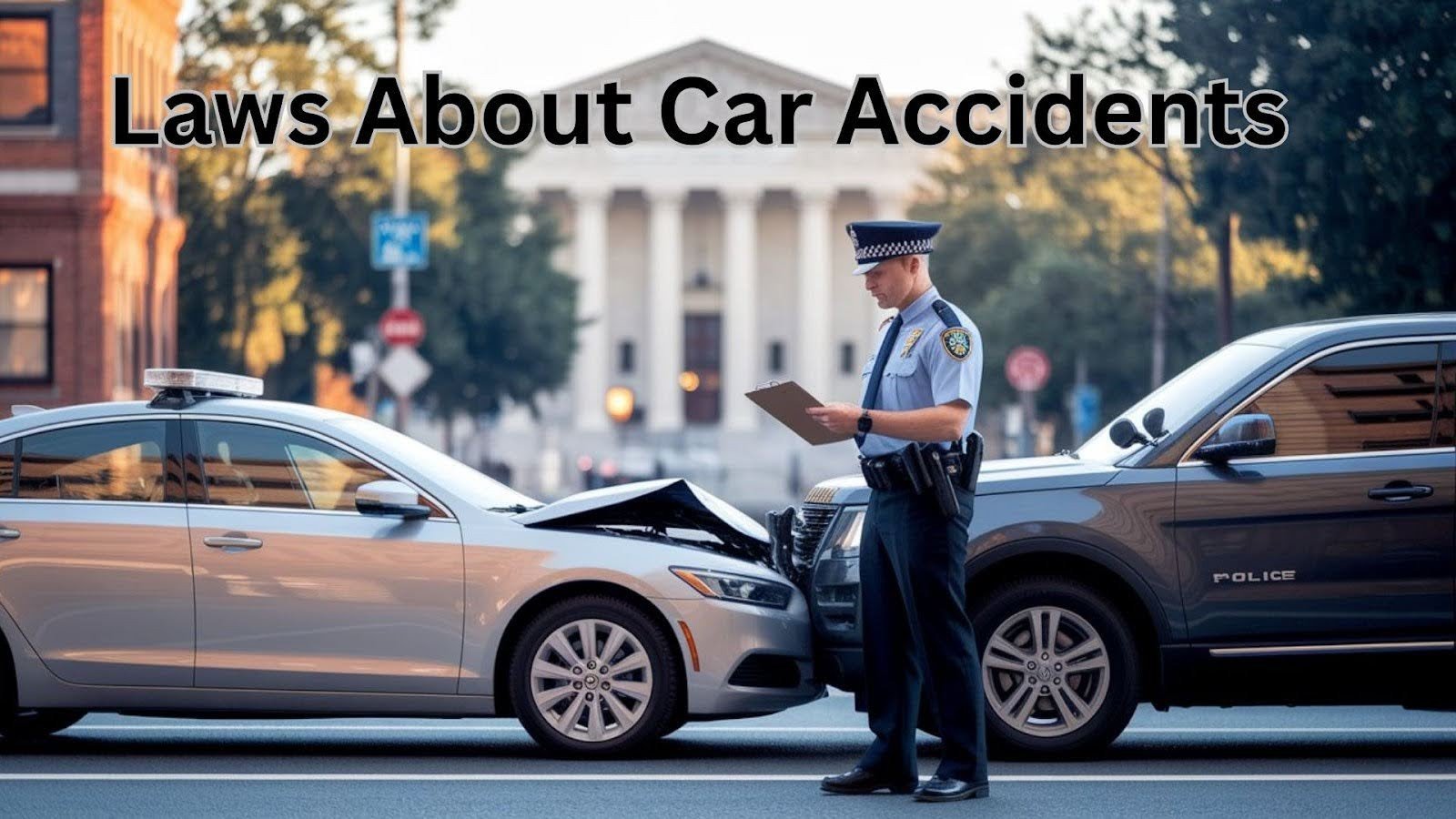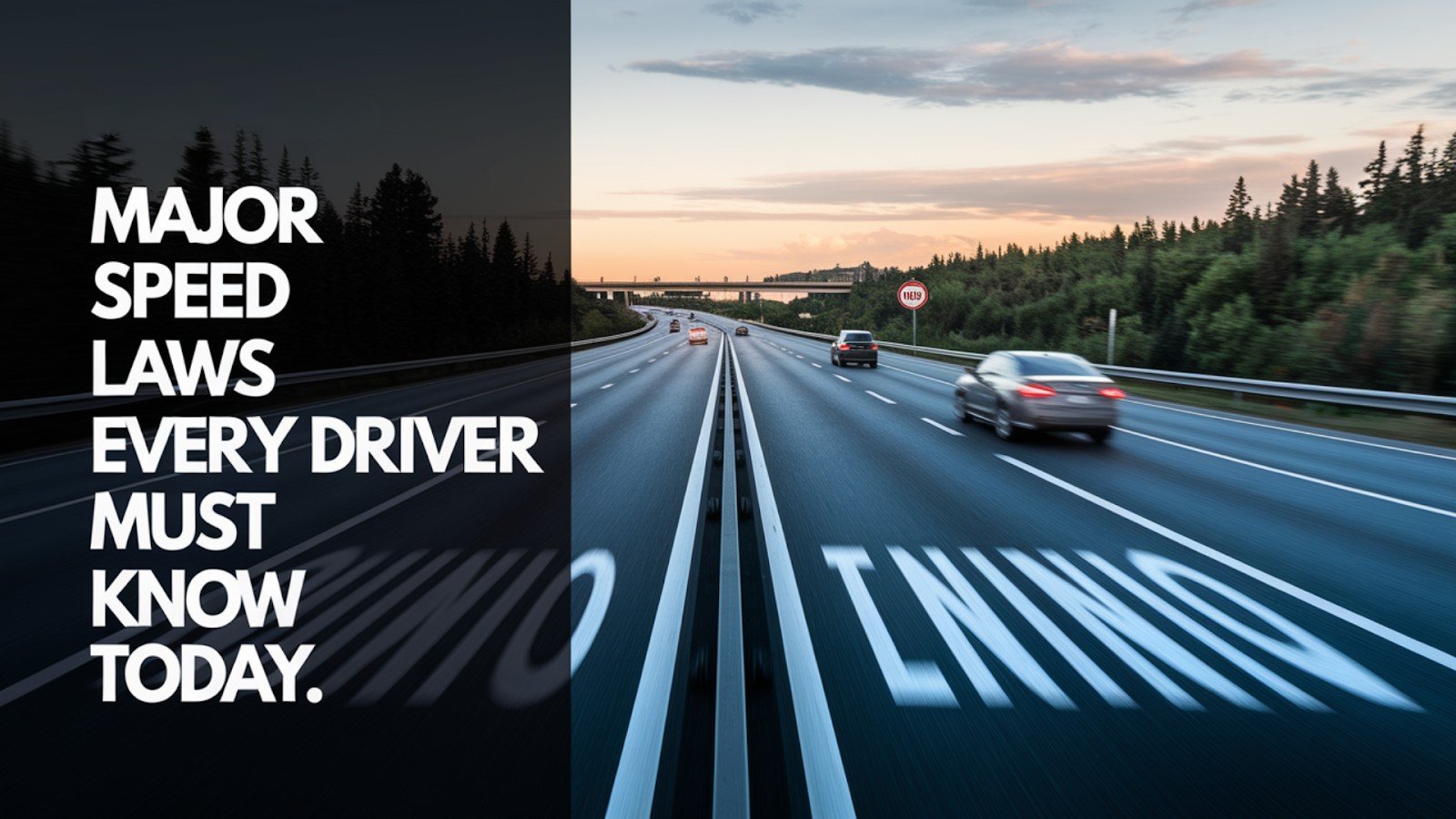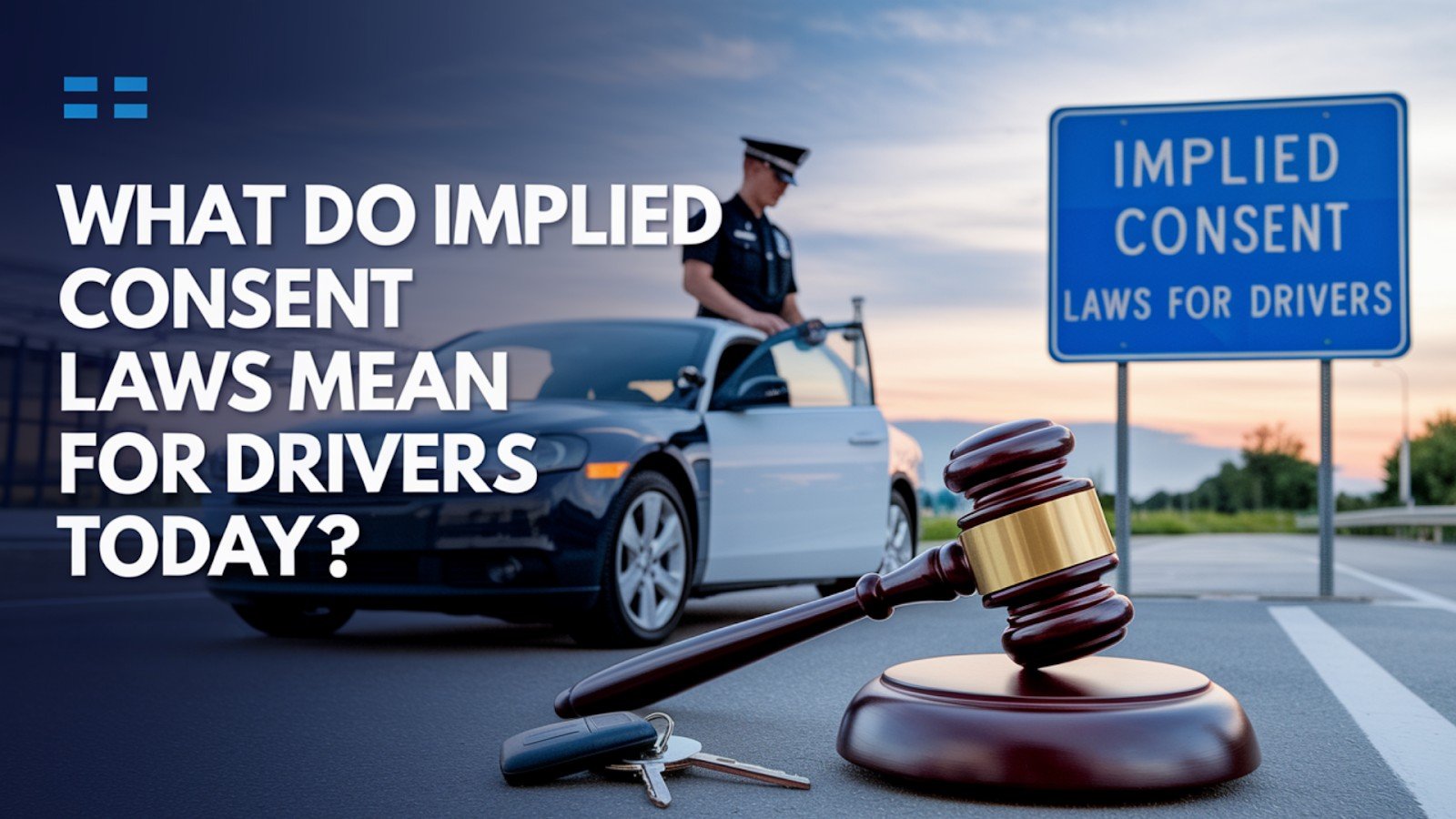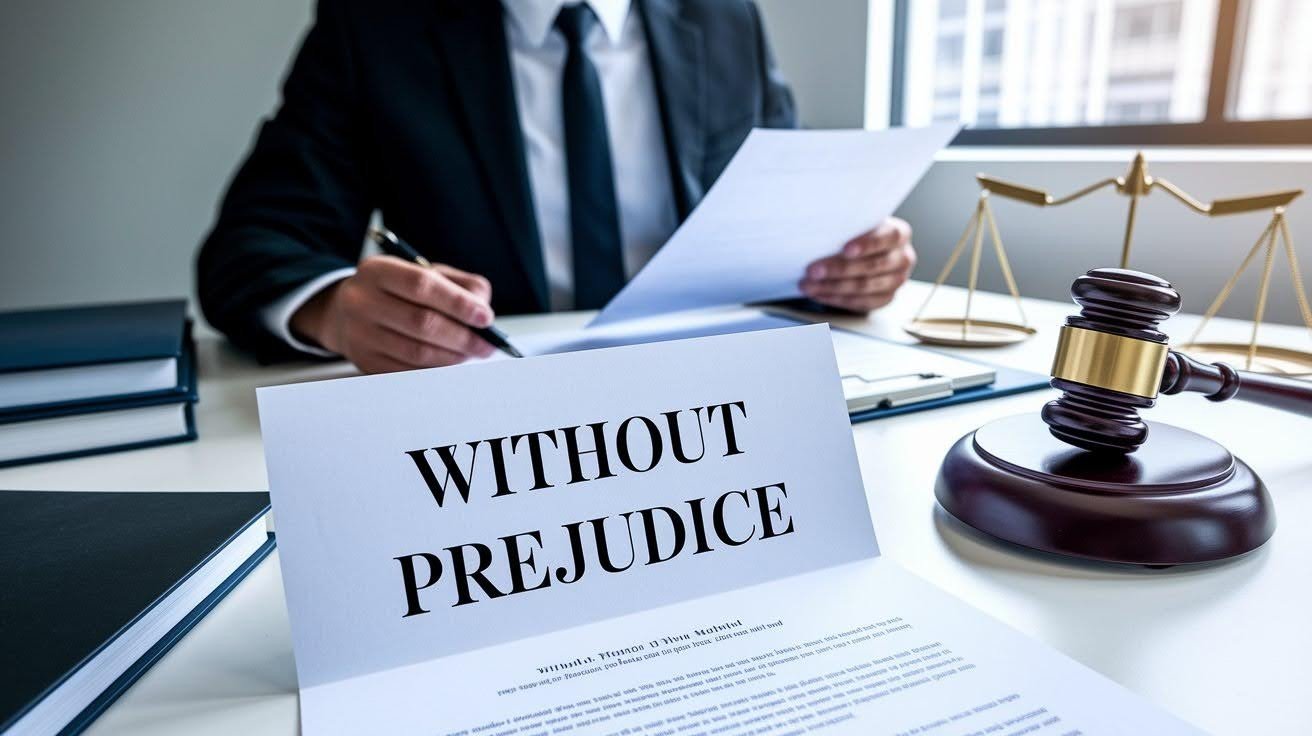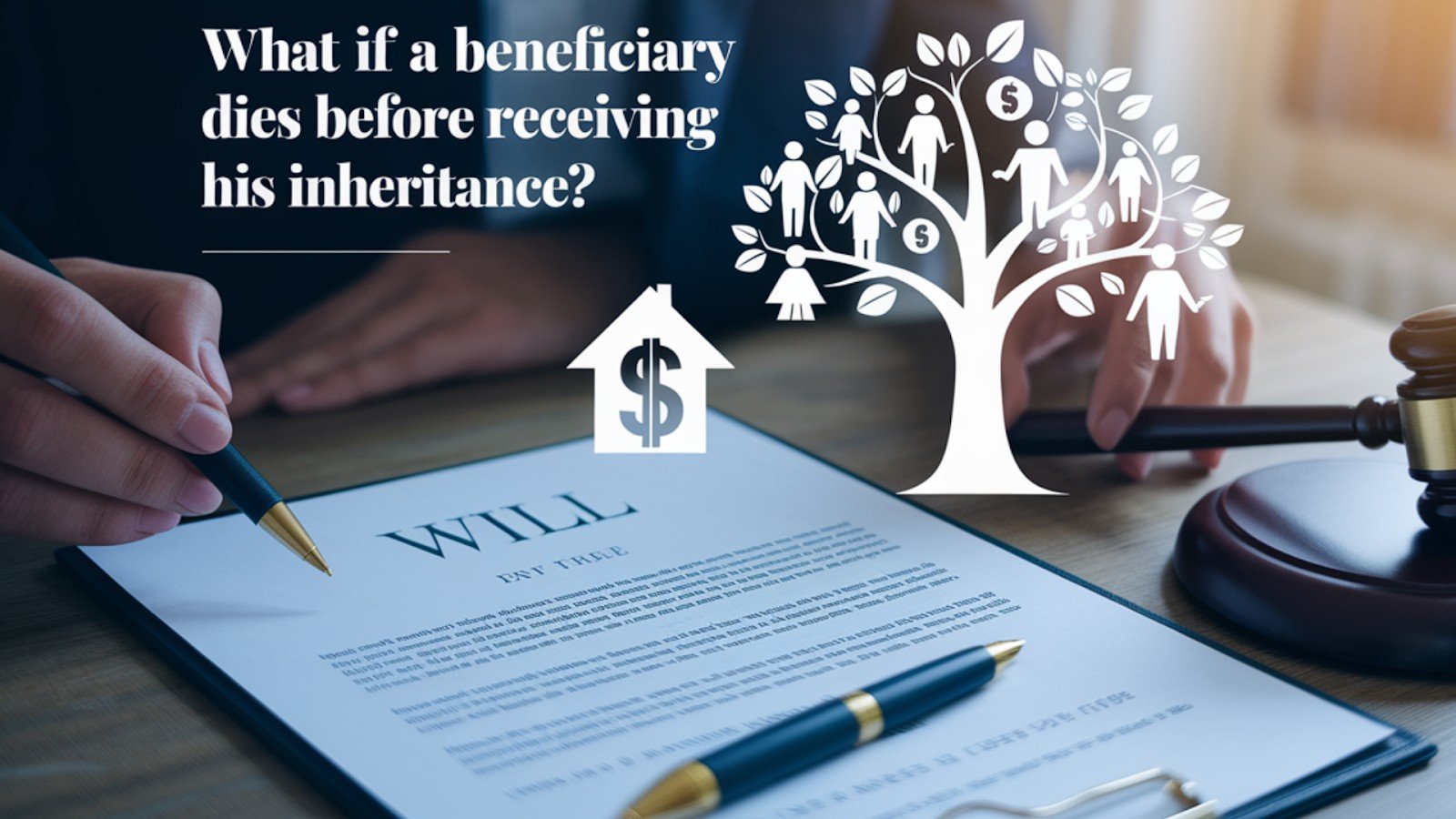Getting into a car crash is stressful, but not knowing your legal rights makes it even worse. In Oklahoma, over 2,000 people are seriously injured in car accidents each year.
Many lose money simply because they do not understand the basic laws that protect them. This guide explains 11 key car accident laws, how to avoid costly mistakes, and simple tips to handle crashes the right way.
After helping hundreds of accident victims over the past decade, I have seen the same issues. People accept low insurance offers, miss deadlines, or say the wrong things.
This guide solves that by giving you clear, practical advice based on real Oklahoma statutes and court rulings. Every tip is legally accurate and easy to follow. Protect your rights and your wallet. Know the law before it is too late.
Essential Car Accident Laws Every Driver Should Know

These laws can save you thousands of dollars after a crash. I’ve seen too many drivers lose money because they didn’t know these basic rules. Every Oklahoma driver needs to understand these fundamentals.
At-Fault State Rules
Oklahoma follows the “at-fault” system. This means whoever causes the accident pays for the damage. This gives you more control over your claim than in other states.
This is different from other states. In no-fault states, everyone files claims with their own insurance company. But in Oklahoma, you can go after the other driver’s insurance directly.
Why this matters: You have the right to pursue full compensation from the person who hit you. You’re not stuck with your own insurance limits.
Modified Comparative Fault Rule
Here’s a rule that trips up many drivers. If you’re 50% or more at fault, you get nothing. This harsh cutoff catches people off guard.
But if you’re less than 50% at fault, you can still recover money. Your award gets reduced by your percentage of fault. This system tries to be fair to both sides.
Example: If you’re 30% at fault in a $10,000 accident, you can recover $7,000. The math is simple once you understand it.
Mandatory Insurance Requirements
Every Oklahoma driver must have car insurance. No exceptions. Getting caught without insurance brings serious penalties and fines.
The minimum coverage follows a 25/50/25 structure. These numbers represent thousands of dollars in coverage. Most experts say these minimums aren’t enough for serious accidents.
Reality check: These minimums often aren’t enough for serious accidents. Consider buying more coverage to protect yourself better.
Duty of Reasonable Care
This law is the foundation of most car accident cases. Every driver must use reasonable care. It’s the basic standard that keeps our roads safe.
What does “reasonable care” mean? It’s what any careful person would do in the same situation. Following traffic laws, paying attention, and driving safely all count.
Bottom line: If you don’t drive carefully, you can be held responsible for accidents. This duty never goes away while you’re behind the wheel.
Police Report Requirements
You don’t always need to call the police after an accident. For minor fender-benders, it’s optional. Police might not even come for very small accidents.
But serious accidents are different. If someone gets hurt or cars block traffic, you must call the police. They’ll investigate and write an official report.
Smart move: Even for minor accidents, calling the police creates an official record. This report can help your insurance claim later.
Rear-End Collision Fault Rules
In most rear-end crashes, the following driver is at fault. This seems unfair, but there’s logic behind it. Following too closely is dangerous and illegal.
Drivers must keep a safe distance from the car ahead. But there are some exceptions to this rule. Broken brake lights or sudden stops can change things.
Exception example: If the front car’s brake lights don’t work, the fault might shift. The front driver might share responsibility for the crash.
Four Elements of Negligence
To win a car accident case, you must prove four things. Miss one, and your case fails. This legal test has been used for decades.
These four elements work together like puzzle pieces. You need all of them to prove the other driver was negligent. Your lawyer will focus on building each element.
Key point: Even if someone drives badly, you must prove their actions caused your injuries. Bad driving alone isn’t enough to win.
Types of Recoverable Damages
You can recover different types of monetary damages after an accident. Some are easy to calculate, others aren’t. Understanding these categories helps you know what to expect.
Economic damages have clear dollar amounts, like medical bills and lost wages. Non-economic damages cover pain and suffering. Punitive damages punish extremely bad behavior.
Important: Pain and suffering awards can exceed your medical bills several times. Don’t ignore these “soft” damages in your claim.
Statute of Limitations
This law has no mercy. Miss the deadline, and you lose your right to sue forever. Courts won’t make exceptions just because you forgot.
Each state sets its own time limits. Most personal injury cases have deadlines between one and three years. Oklahoma gives you two years for most car accident cases.
Don’t wait: Start the legal process early, even if you’re still getting medical treatment. Time moves faster than you think.
Insurance Claim Denial Rights
Insurance companies deny claims more often than you’d think. But you have rights when this happens. Don’t accept a denial as the final word.
Common denial reasons include policy problems, fault disputes, and questions about your injuries. You can fight back through appeals or lawsuits. Many denials get overturned.
Your options: Appeal the denial or sue the other driver directly in court. Sometimes the threat of a lawsuit changes everything.
Product Liability and External Factors
Not all accidents happen because of driver mistakes. Sometimes cars are defective or roads are poorly maintained. These cases follow different legal rules.
When products cause accidents, you don’t need to prove negligence against manufacturers. They’re responsible for defective products regardless of intent. This makes these cases easier to win.
Examples: Faulty brakes, defective tires, or poorly marked construction zones. Government entities can also be sued for road maintenance failures.
Essential Tips for Car Accident Situations
After any accident, document everything, get medical help, report quickly, never admit fault, keep records, watch your words, and get legal help when needed.
- Stay calm and document everything: Take photos of all vehicles, damage, skid marks, and road conditions.
- Get medical attention immediately: Even minor injuries can worsen over time, and delayed treatment hurts claims.
- Report to your insurance quickly: Call your company within 24 hours to start the claim process.
- Never admit fault at the scene: Avoid saying “I’m sorry” or taking blame for what happened.
- Keep detailed records: Save all medical bills, repair estimates, and accident-related expenses.
- Be careful with recorded statements: Insurance companies use your words against you later.
- Get legal help for serious cases: When in doubt, a consultation can save you thousands.
Conclusion
Knowing car accidents doesn’t have to be complex. These key laws and practical tips will help you to handle any kind of accident with confidence.
By now, you would know how Oklahoma works, the requirements for your insurance, and also how to protect your rights. More importantly, you now know what you are supposed to be doing in those critical and serious situations after a crash.
At the end, Knowledge is going to protect your future and even your wallet. When you know these laws, insurance companies can’t take advantage of you.
Remember all the information and try to keep this blog handy and close to yourself. Also, share this with your friends and family who drive. The more people who know these laws, the safer our roads become.
Have questions about a specific situation? Leave a comment below. I read everyone and often write follow-up posts based on your real-world concerns.
Frequently Asked Questions
What are the most important laws about car accidents in Oklahoma?
Oklahoma follows at-fault rules, meaning the driver who causes the accident pays for damages. You must carry a minimum insurance of 25/50/25. If you’re 50% or more at fault, you can’t recover damages. Always use reasonable care while driving.
Do I have to call the police for every car accident?
No, police calls aren’t required for minor accidents without injuries. However, you must call for serious accidents involving injuries, blocked traffic, or when vehicles need towing. Having a police report helps with insurance claims.
How long do I have to file a lawsuit after a car accident?
Oklahoma’s statute of limitations gives you two years from the accident date to file a personal injury lawsuit. Missing this deadline means losing your right to sue forever. Very limited exceptions exist for minors.
What damages can I recover in a car accident case?
You can recover economic damages like medical bills and lost wages, plus non-economic damages for pain and suffering. Punitive damages are rarely awarded and only in extreme cases of reckless or intentional behavior.
What should I do immediately after a car accident?
Document everything with photos, get medical attention, report to your insurance within 24 hours, never admit fault, keep all records, be careful with recorded statements, and consider legal help for serious cases involving significant injuries.

